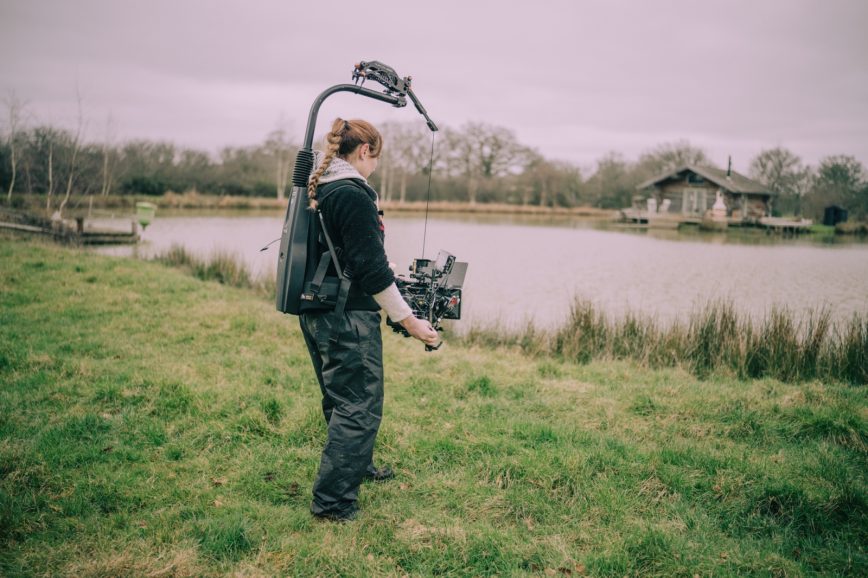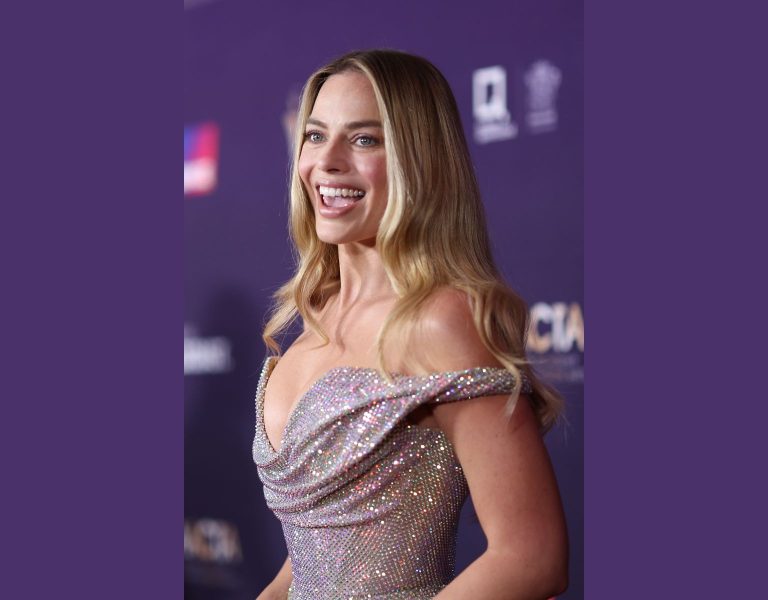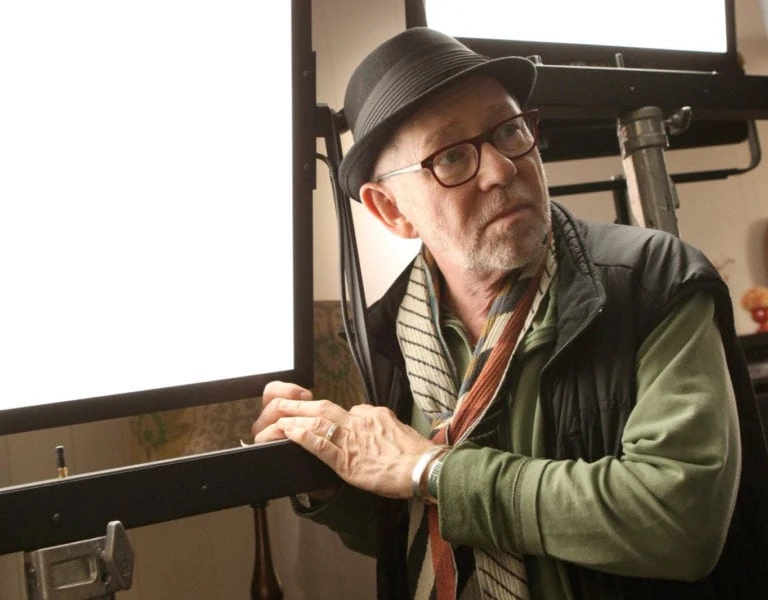Director and lead actor Louisa Connolly-Burnham and cinematographer Angela Zoe Neil offer insight on how their off-screen collaboration enhanced the on-screen chemistry of Mia McKenna-Bruce and Connolly-Burnham in the stunningly shot Sister Wives.
How did your collaboration as cinematographer and director start?
Angela Zoe Neil: From very early on there was complete trust between us. I think its our biggest strength. When it comes to story, design, performance and concept, I trust in her abilities as a director completely. In turn she has given me great trust in shooting her films. During moments when she is acting on set and directing, she hands over some of those decisions to myself and the 1st AD. Having this type of trusting relationship is something I am very grateful for because it allows creatively to flourish and for us to have honest conversations. We also do a lot of prep and take a conquer and divide approach which is collaborative and plays to both our strengths.
Louisa Connolly-Burnham: I was introduced to Angela through my producing partner, Emily Everdee. Angela was the first DP I had the opportunity to work with, and she has been instrumental in shaping my journey as a filmmaker. Together, we’ve created three films: The Call Centre, The Ceiling and Sister Wives. The foundation of who I am as a filmmaker started with Angela’s skill and nurture, she taught me so much in those early days and I have carried her wisdom and care with me throughout my career.
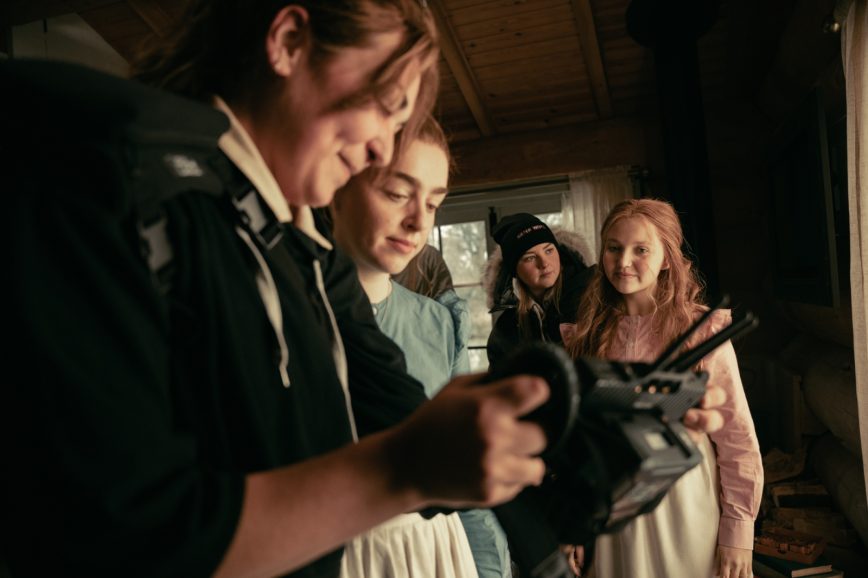
What made you want to shoot this story?
AZN: Firstly, the script was amazing. And secondly, Louisa is one of the best storytellers I know. Her writing is always original and she has an ability to build characters that are multi-dimensional, odd and yet relatable. Together with Augusta Woods as our producer and Emily Everdee as EP, I knew it would be a quality production.
LCB: For a while, I’d been wanting to take on an LGBTQI+ project. Then I saw a documentary about a community in Utah where men have multiple wives—sometimes as many as thirty or forty. It made me wonder: what if, instead of competing for one man’s attention, these women began seeking affection from one another? I wanted to create a film that explores the complexities of female rage, joy, and desire within that dynamic.
Why did you want Angela specifically to shoot Sister Wives?
LCB: She is the DP I trust most in the world, especially when I’m balancing both acting and directing. With her, I never feel like I have to compromise in either role; my trust in her is absolute. Her instincts and vision are remarkable, and working with her is a true joy. Angela leads with kindness and thoughtfulness, and every crew we’ve collaborated with has adored her. From the start, I knew I wanted this story to be told through the eyes of women, and she was the ideal partner to bring that vision to life.
What were visual inspirations you both talked about in prep that inspired the project?
AZN: There were several visual references we used. The documentary Keep Sweet, Pray and Obey was one of the early references Louisa had sent me and it was a brilliant jumping off point, from story to style, we really wanted to be in that world. After that we began collating all sorts of references from Handmaids Tale, Midsommar, Portrait of a Lady on Fire and Ammonite, which were all great visual references. All these films create worlds that are distinctive, a feeling of timeless and reminiscent of something familiar which was important to us, particularly as we didn’t want to state exactly what time period we were in at the onset of the film.
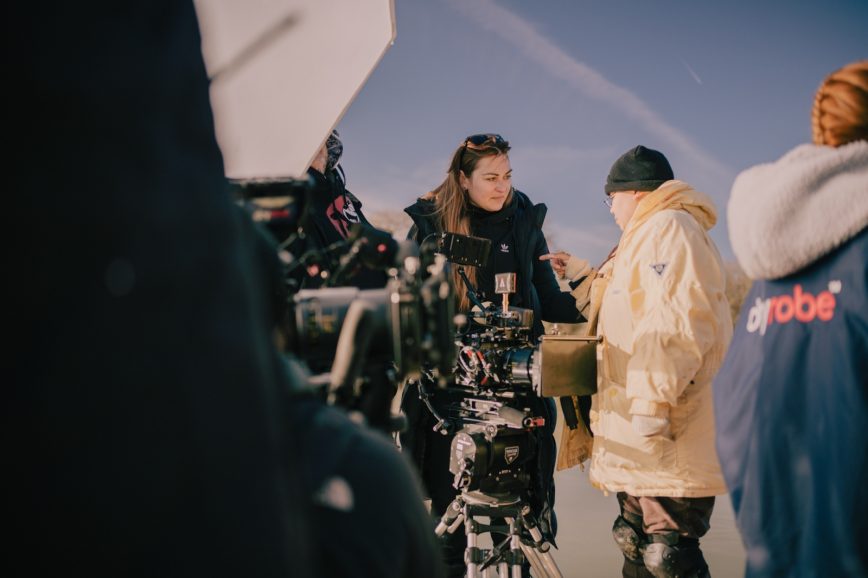
Can you talk about discussions surrounding lighting and specific choices you made to reflect/enhance the story? Maybe in particular the final scene?
AZN: I think one of our guiding principles with the lighting was to do with story motivation. Early in the film we wanted it to feel like quite a cold world, harder lighting choices, drab. And then become warmer and softer as we grew more intimate.
We wanted a colour palette that replicated the earthy winter world outside. There were to be no strong sunny areas, our centre focus was on this insular world until they start growing closer, at which point we start to brighten and see the world around us.
The final scene is by far our most colourful and hopeful. All deliberate decisions, but not just with our colour temperature, time of day and choice of lamp. We wanted the dresses they wore to stand out, so a lot of discussion and collaboration went into colour choice with production and costume design creating the world before the shoot. Another aspect was due to our schedule, we needed to be able to change between worlds quite quickly, so having the super TC, Thomas our gaffer, and his incredible assistant Christine Alexander, he came up with a plan of how best to switch between these worlds and have the ability to adjust incrementally working with the joys of winter sunlight! I’m also very grateful to Pixiepixel for helping with our lighting package.
The final scene was the one moment we were really keen to have sunset and all the beautiful colours it brings with it, but shooting was tricky as it was a technically more demanding scene, as well as being a big part of the films story. So planning here was key here. Our lamps included Creamsource Vortex 8 outside, which coped with the freezing temperatures and then inside a combination of Litegear Litematt Spectrum and Astera Titans. These were run through Blackout on TC’s iPad and gave a very responsive and high degree of control of intensity, CCT and colour.
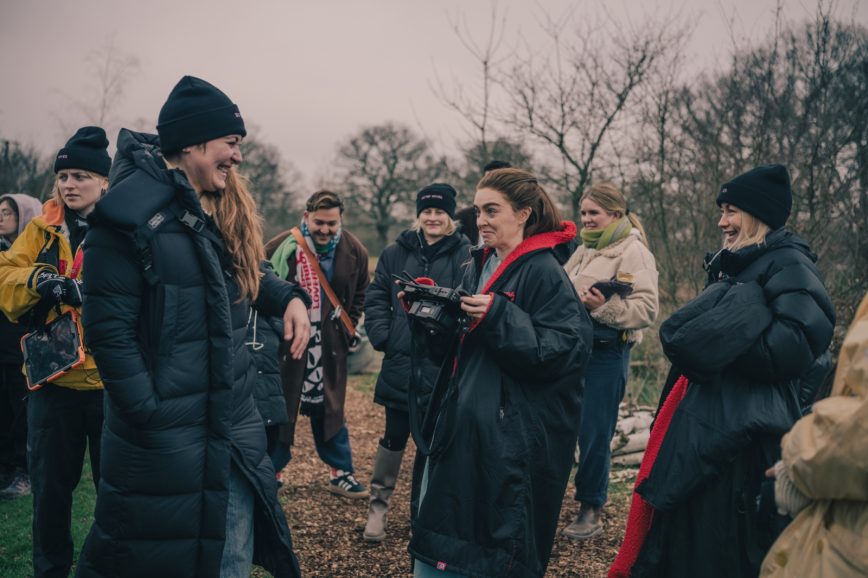
It would be great to hear about the motivation behind some of the framing, obviously it’s a lovely widescreen, but maybe talk about some of the recurring shots that frame the character from behind and centrally, or how you frame the two women when they are in frames together compared to when they are not together?
AZN: The choice of widescreen and anamorphic was all to emphasise the natural landscapes, the loneliness of individual characters and separating them from the world outside. The first section of the film, we framed in a slightly uncomfortable way to give you that jarring feeling mirroring the relationships on screen. But as the world and colours warm, the camera settles into more comfortable frames. A lot of the aesthetic of the world is about appearance. Perfect plaits, clean spaces, pressed dresses, it felt fitting to have symmetrical frames, often from behind where you’re not seeing the whole. We also contrasted this with extreme close ups of the eyes at opposing angles allowing you see that the characters inside world, is not quite so perfect. We played a lot with reflections, mirrors, water, windows. These are all great visual metaphors of how to see the world, break it, separate it and bring it back together again, just like our characters.
What kit did you use to achieve the film’s look?
AZN: We shot on an ALEXA Mini with Cooke Anamorphics and used SoftFX filters throughout. Lens, sensor and filter are probably the biggest choices we have creatively and testing combinations is something I really enjoy, particularly that moment when you find the right one for a particular project. We had decided to shoot digital a long time before for multiple reasons but we also wanted it to feel slightly dated – not a time that was specific so much as reminiscent.
The combination of the lens and filter made for some lovely creamy soft textures, which together with the Alexa sensor and our grade where we added a touch of grain and a slight dampening of certain colours, done by our super talented colourist Karol Cybulski added another level of finesse, which has all culminated in a final look I’m really very proud of. I also must give a shout out to Pete Moore and the Focus Canning team who supplied our full camera package and were never-endingly helpful bringing in everything they could to create my dream set up. And my incredible camera team who I am forever grateful too, Oli Robertshaw, Suzanne Stark and Meurig Marshall.
What were each of your favourite sequences to shoot?
AZN: The intimate scene was one of my favourites to shoot. We’d pre-lit the set before anyone went in so I was happy with how everything was looking on camera and I could focus completely on my operating. Our intimacy co-ordinator Stella Moss spent time with the actors and then myself to talk through the scene, and once we were all happy, it left just myself, Louisa and Mia in the room. Being a completely handheld scene it meant there were no interruptions. They could play out the scene in full how they felt right and I could guide the camera to exactly were it felt we needed to be. And that is the magic I think, when everything comes together and it all feels so intuitive. We shot it pretty quickly in 1 or 2 takes because it just worked so well straight away. I know Louisa nearly extended that scene further because it was so good on screen, but ultimately – it is a short film!
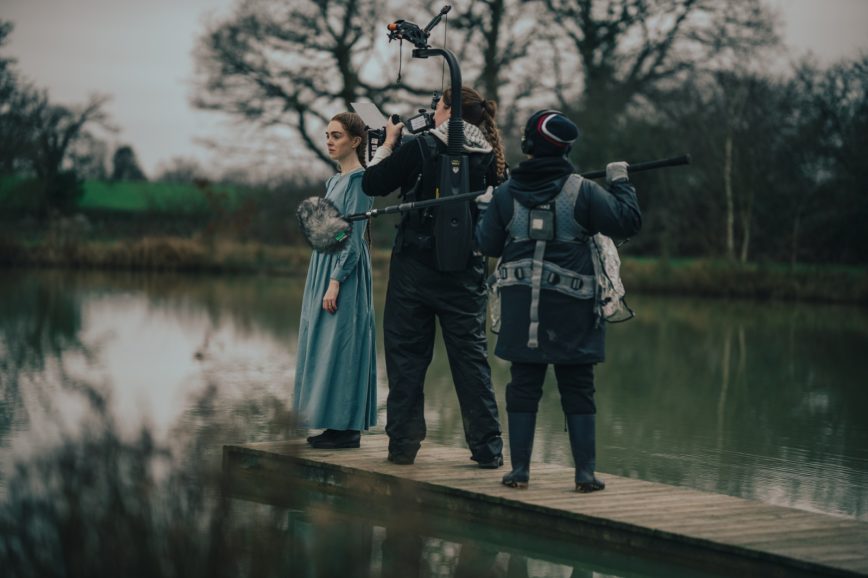
LCB: It’s tough to pick, but the final conversation between Kaidence and Jeremiah really stands out for me—it’s far more tender and heartbreaking than I ever imagined, and Michael Fox’s performance is absolutely world-class. Also, the finale, to me, feels like the perfect blend of female rage and female joy. The spaghetti scene was great too as Mia and I were starving.
What were each of your most challenging sequences to shoot?
AZN: I think the toughest aspect for us both was the sheer scale of what we wanted to create. It’s 28 minutes long, shot in 4 days with tricky locations. We needed to work around actor availability, the stunning hair you see needed time on set, location moves and working with winter daylight hours, all the while we wanted to make sure we really held on to the quality of the image. It’s easy to sacrifice a lighting tweak or that extra lens change when time is pressured, but it’s so important to remember the final piece whilst on set. Sometimes it’s worth it. – that’s not to say there weren’t difficult decisions to make, there were a few shots we had to lose on set, but taking a breath and putting your heads together can sometimes lead to the most beautiful outcomes. The book scene, was originally multiple shots, but on seeing the first frame, we knew it could play out all on that one shot and I’m so glad Louisa called it, because it’s all the stronger for it!
LCB: I’ll answer this one as an actor – the scene where Kaidence and Galilee strip off to jump in the water. It was January in England and absolutely freezing. I got frostbite in my toes which was not fun. In this moment, it was hard to balance directing and acting at the same time, as my body was sort of shutting down from the cold.
What is next for you two?
AZN: Well, we currently have another short in the off-ing, written by Cara Mahoney, and directed by Louisa, so we will be back on set soon. Louisa has also been hard at work this year writing the feature script for Sister Wives, so fingers crossed – those purse strings will loosen in the industry and the funding will come in so we can get started on it. I’ve had a sneak peak of the script and it’s everything the short has to offer and so much more! Really excited for it, so watch this space.
LCB: To echo what Angela said we are hard at work getting the feature version of Sister Wives of the ground and I also have three more shorts in the pipeline which are: The Intimacy Coordinator, Full Fat and Scratching Post.
